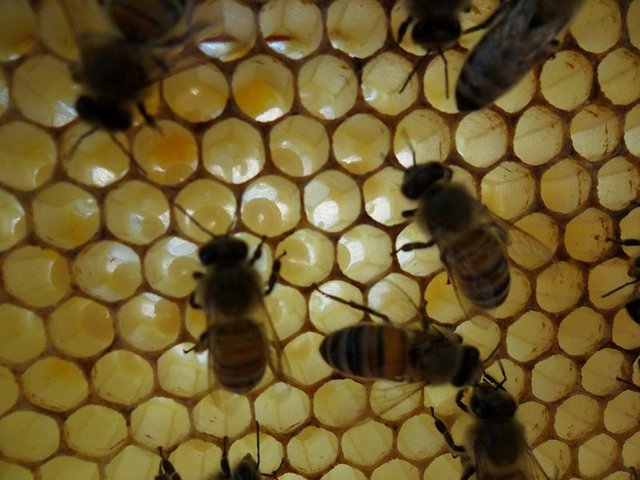The Asian Honey Bee (Apis Cerana)

"Apis cerana is an important bee to beekeepers in Asia, especially in poor communities. There are initiatives to teach beekeeping as a long-term employment opportunity in these communities. Apis cerana is kept by beekeepers in diverse mountainous areas that can be difficult to reach. Yet Apis cerana can thrive in these areas as they are adapted for the environment. Apis cerana also is managed in other areas within its native range.
Many beekeepers are transitioning to Apis mellifera management because the average Apis cerana colony produces less honey than does the average Apis mellifera colony. However, In many parts of Asia, Apis mellifera can survive only under intense care and protection offered by the beekeeper, while the vast majority of Apis cerana colonies still live wild and naturally in balance with a vast array of predators, pest, and parasites (e.g., hornets, sun bears, Varroa). One example of this is that Apis mellifera must be treated with pesticides for Varroa control, whereas Apis cerana is a natural host of Varroa and does not require beekeeper intervention. Therefore, Apis cerana colonies can be used to produce organic honey."
When we started beekeeping, one of our major concerns was whether it was feasible on a tropical island.
This was a cause for concern because the surrounding sea and strong winds would prevent the bees for travelling and result in isolation.
Isolation would mean limited food source and limited gene pool.
However, due to a sharp increase in the demand for organic food. Beekeeping became popular and more and more people did beekeeping as a hobby.
This created a sustainable community of beekeepers within the island and helped strengthen our bees.
i love honey but it is true that it is so hard to find an authentic one, hopefully lots of beekeepers will be encouraged for this demand.
Hi! I am a robot. I just upvoted you! I found similar content that readers might be interested in:
http://entnemdept.ufl.edu/creatures/misc/bees/Apis_cerana.htm